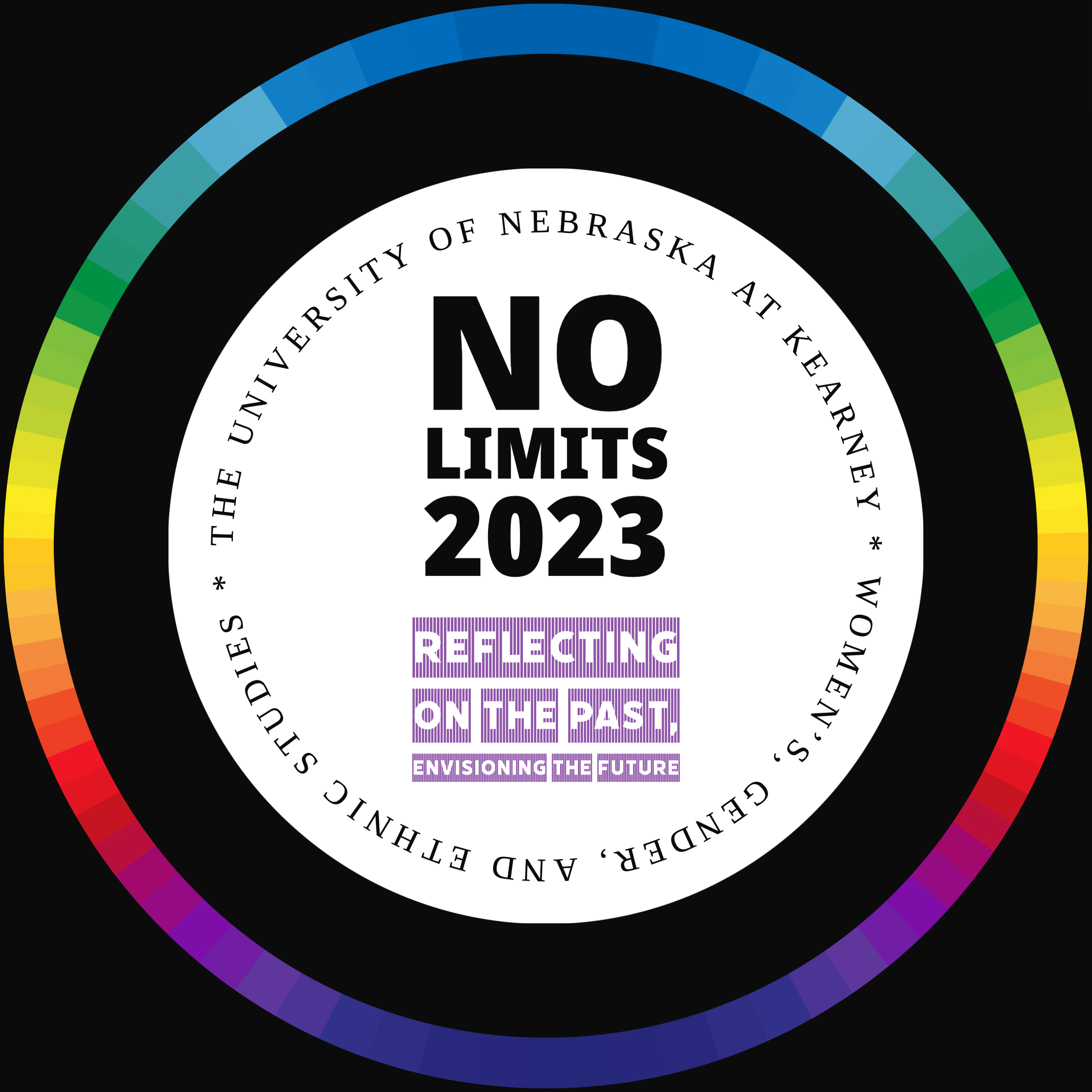The Missing White Woman Syndrome and the Implications of Erasure in the Media
Location
Ponderosa Room B
Presentation Type
Presentation
Presentation Topic
Missing White Woman Syndrome
Start Date
3-3-2023 2:30 PM
Event Sort Order
38
Abstract
While the media can be an extraordinary force in assisting in missing/murder cases, it also carries an array of biases that prevent the missing-person cases of people of color. Missing White Woman Syndrome or “MWWS” was first coined by Gwen Ifill in 2004 at a Unity: Journalists of Color conference. It is often used to describe how new outlets usually cover the stories of white women before prioritizing the missing-person cases of people of color. Missing women of color made up 42% despite only being just over 20% of the U.S. population. In this presentation, we will explore the relationship between race, class, and gender and how they contribute to how often a missing persons case is solved.
The Missing White Woman Syndrome and the Implications of Erasure in the Media
Ponderosa Room B
While the media can be an extraordinary force in assisting in missing/murder cases, it also carries an array of biases that prevent the missing-person cases of people of color. Missing White Woman Syndrome or “MWWS” was first coined by Gwen Ifill in 2004 at a Unity: Journalists of Color conference. It is often used to describe how new outlets usually cover the stories of white women before prioritizing the missing-person cases of people of color. Missing women of color made up 42% despite only being just over 20% of the U.S. population. In this presentation, we will explore the relationship between race, class, and gender and how they contribute to how often a missing persons case is solved.






Presenter Bio
Ty Anderson is a senior at the University of Central Oklahoma. They are studying geography with a minor in sustainability and history. After graduating they would like to work for the Peace Corps and later pursue another degree in environmental justice.